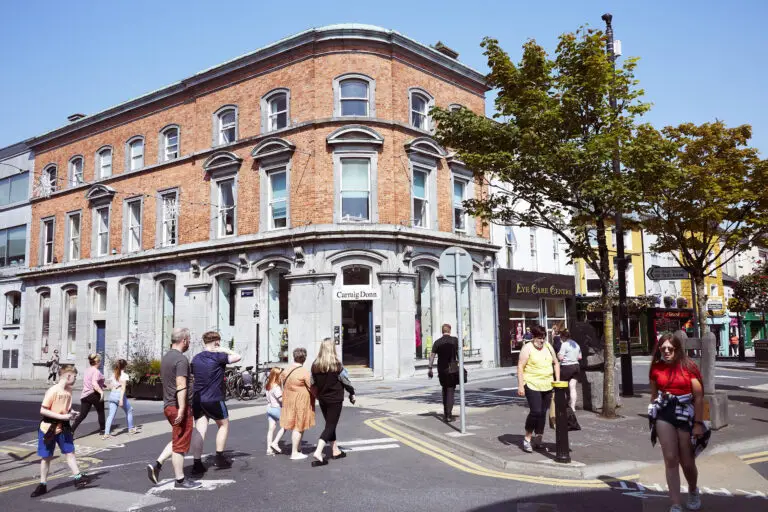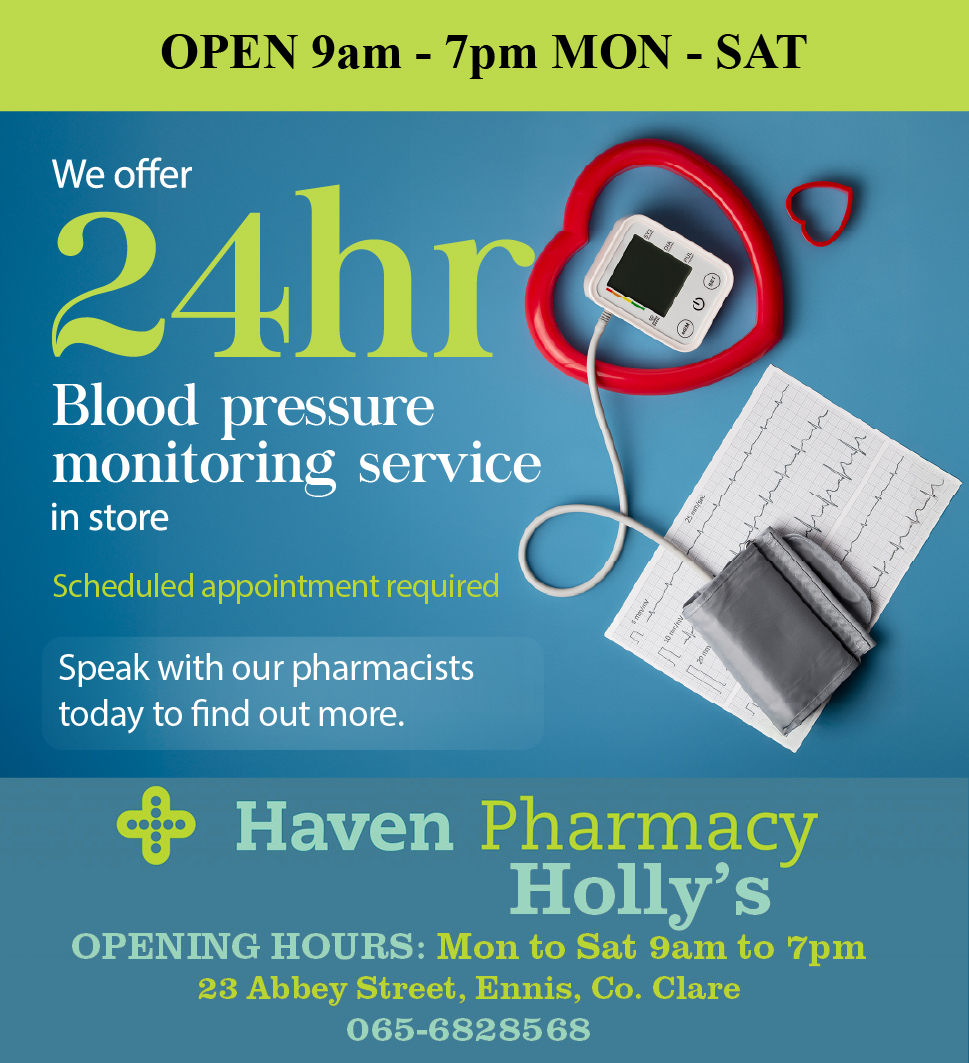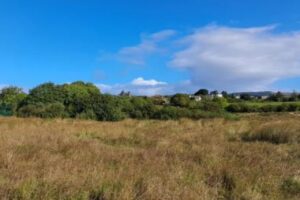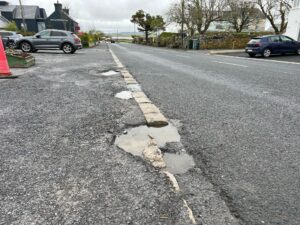*Photograph: Mike Mulcaire.
WITH over 25 years of experience developing large capital projects between the Middle East, the UK and Ireland, Ennis 2040 DAC Chief Operating Officer Kevin Corrigan believes it’s crucial that Ennis wastes no time in developing projects contained in the Ennis 2040 vision.
Ennis 2040 DAC plan to deliver 10,000sqm of retail/office accommodation in the next three to four years and at least 50 residential units, while nine transformational sites around the town have been identified to leverage investment and promote growth in the town.
“If we manage to try and bring everybody with us, it’s obviously going to be a key challenge, but getting the investment and getting some projects moving early days will attract further investment outside of Ennis 2040 private-sector investment, public sector investment, and it will position the town as one of the most dynamic towns in the country,” says Mr Corrigan. “Our overall goal is to attract investment in.” And what if Ennis 2040 fails to garner public support for their projects? “My fear is the town stagnates.”
Having taken the reins of Ennis 2040 in September 2021, a team of four are now involved in the company as they enter the delivery phase of the project.
Kevin believes Ennis has “a lot of ingredients” to spark development including its status as a large market town with “great transport infrastructure” including rail, airport and motorway links.
“It’s a very compact town with a medieval footprint, so it’s easy to get around and walk around. There are great little businesses in the town, it has a great history, so from a tourism point of view, from a critical mass point of view, from a location point of view, it has all the right ingredients to have a bright future if there’s infrastructure and if there’s investment made at this point.
“It has been neglected for a number of years, there hasn’t been any major investment in the town centre really since the Celtic Tiger. It’s in a very competitive location between two cities, it doesn’t have a huge industrial base or huge employment base, it’s a commuter town so it’s not without its challenges either, that’s why something needs to be done for the future of the town.”
Mr Corrigan says that making Ennis Ireland’s first climate adaptive town could reap great rewards for the county, similar to the success of trendsetting Greenways established in Waterford and Mayo. Noting the excellent work done by Ennis Tidy Towns already on this front, he explains, “You could position Ennis as Ireland’s first climate adaptive town, it’s one of the goals in the vision,” expanding that a climate adaptive town would include minimising our Co2 footprint with increased pedestrian and cycling access, along with “ideally electric public bus services”.
“You would be attracting in that public investment, be it greenways, cycle lanes, public bus services which is due in 2025.
“It would definitely put us top of the class [in terms of attracting investment] if we could get out ahead of that. So, we can resist with all our will and be the last to change or we can be one of the first and we can get the funding to go and do that. It’s really important for Ennis to consider, are we trying to be proactive or are we going to be constantly reactive and having a reaction on every proposed town centre development no matter what it is.”
He adds that a recent project Ennis 2040 carried out with local TY students opened his eyes to the importance of securing young people’s future in the town. “They’re looking at 2050 and one-degree change, climate change and all that comes with that, increased storms, flooding, drought. They’re looking at that because that happens in their lifetime so they’re prepared to change and they’re embracing change. The winners wanted a green mode town, they wanted to be able to get around, they wanted to be able to walk, they wanted their school drop off to be easy from a pedestrian or cycle access, they’re looking for the infrastructure to do that. They’re not looking for that infrastructure in 2040, they’re looking for it now. There’s 2,700km of commuting to Colaiste Muire every day, 72% of students in Clare, primary and secondary, are dropped to school by car. We could solve traffic problems, considerably drop our CO2 by just changing that.”


















